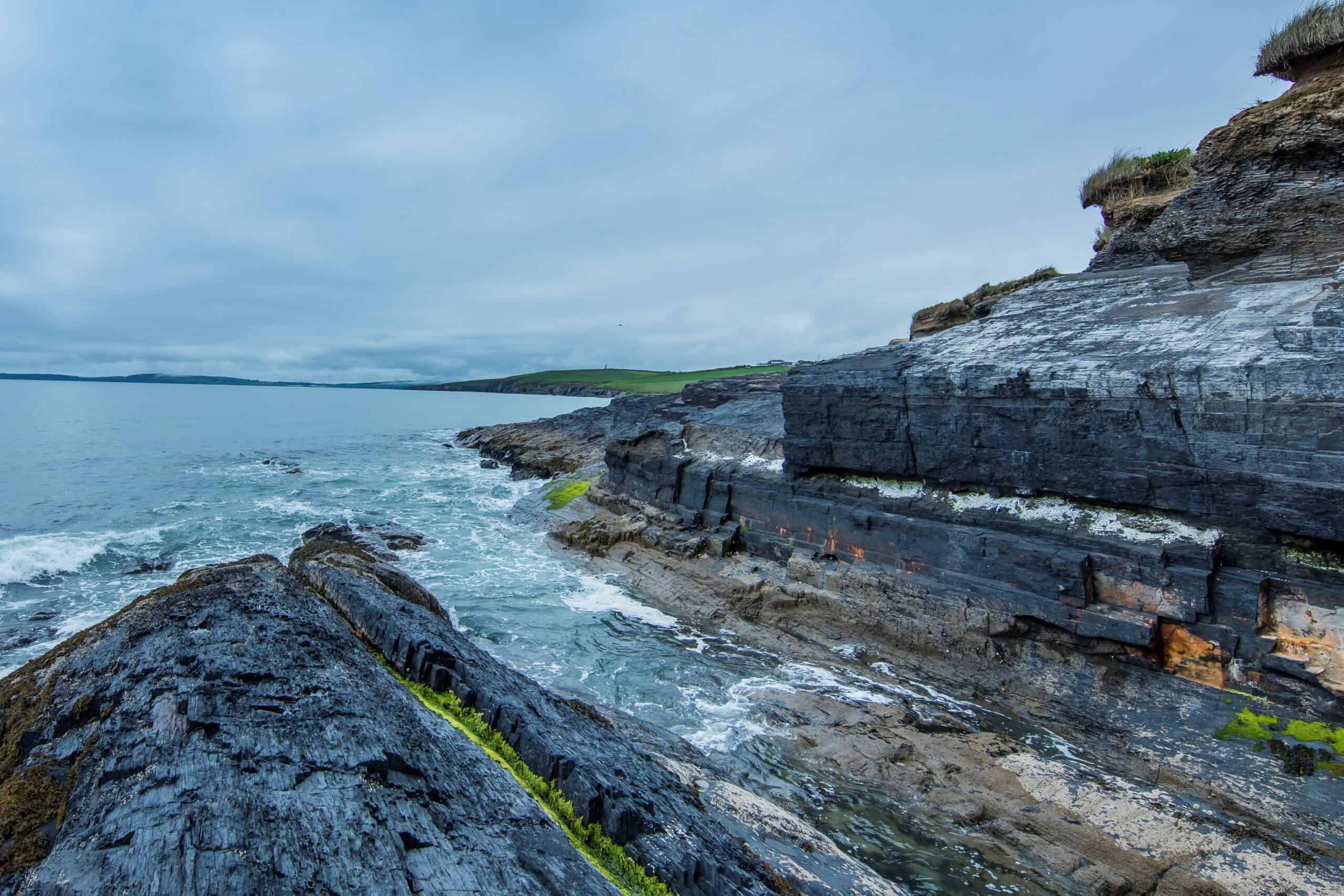Facts and Figures
A Seafood Snapshot

A Seafood Snapshot
€1.3bn
GDP of Irish Seafood
15,373
Working in Seafood
1,993
Registered Fishing Vessels
296
No. of Aquaculture sites
101
No. of Seafood processors
€255m
Government Investment
 |
The value of the Irish seafood economy increased to €1.3 billion in GDP terms last year, an increase of 4% compared to 2021. This was largely driven by an increase in domestic consumption of seafood in Ireland in the foodservices sector as well higher prices, both domestically and on the main export markets. There was also a significant increase in Government investment in 2022 as funding under the Brexit Adjustment Reserve began to come on stream.
Market inflation has resulted in strong price growth for Irish seafood, particularly wild caught fish. The value of the overall Irish seafood sector increased by 13% to €703 million, while the overall value of Irish aquaculture products increased by 10% to €196 million.
Dublin Bay Prawns surpassed mackerel as the most valuable wild caught species for the industry, having more than doubled in price (+53%) in 2022. Irish rock oysters (+8%) and rope grown mussels (+7%) all benefitted from strong price growth last year within the aquaculture sector.
While the volume of seafood produced by the Irish sector didn’t match previous years , there was very strong price growth, particularly in the sea-caught fish sector, which saw prices increase by 38%. During 2022, a total of €507 million worth of seafood was landed at Irish ports, which was a 14% increase on 2021 in value terms.
The sector employed about 15,300 people in 2022, with 1,993 registered vessels, over 100 seafood processors and just under 300 aquaculture sites. More than 8,200 people are directly employed in the sector, with a further 7,100 jobs supporting the sector indirectly.
The top-selling species on the Irish market during the year were salmon (€119 million) and cod (€44 million). Organic salmon was the top species produced by the aquaculture sector – accounting for 13,500 tonnes worth €124 million – while Dublin Bay Prawns were the top species landed by the Irish fleet, accounting for 6,200 tonnes with a value of €82 million.
The volume of exports declined in 2022 by 13% to 293,000 tonnes due mainly to the lower quotas of mackerel and blue whiting. However, strong price increases in these as well as shellfish and whitefish categories lead to an overall value growth of 4% with the total value of exports reaching €696m.